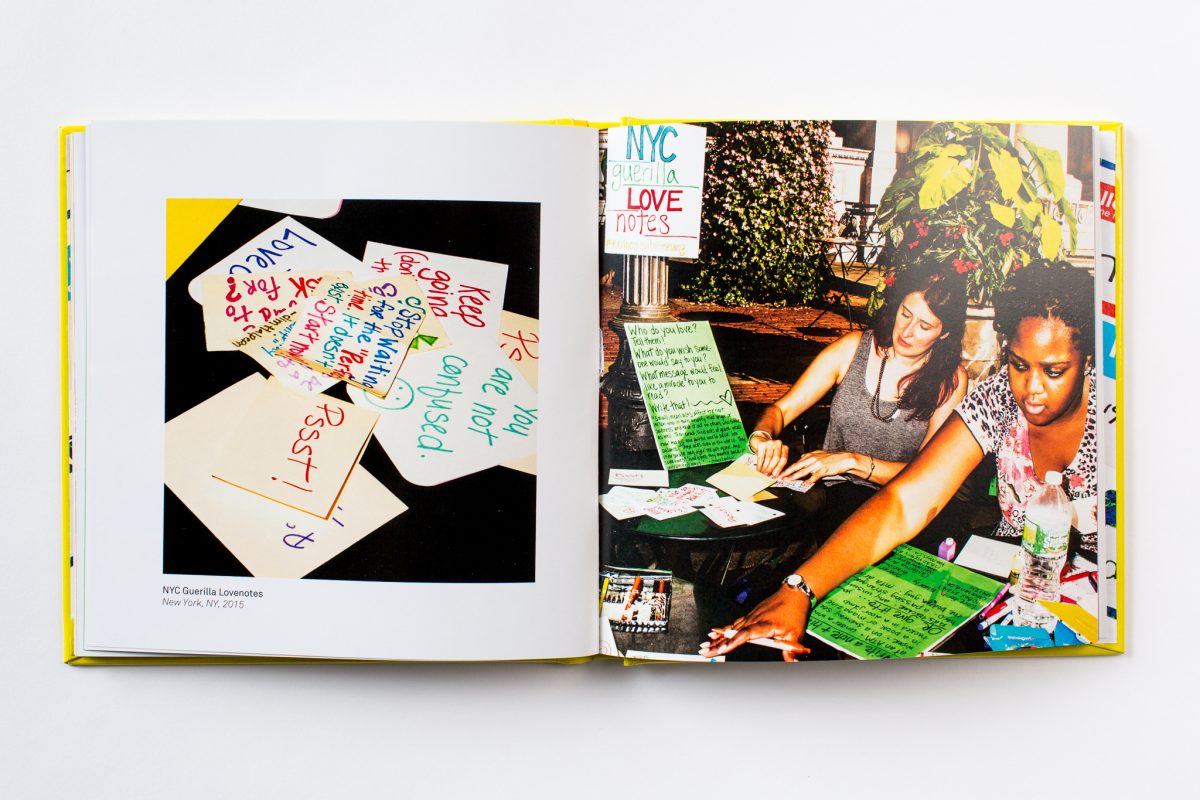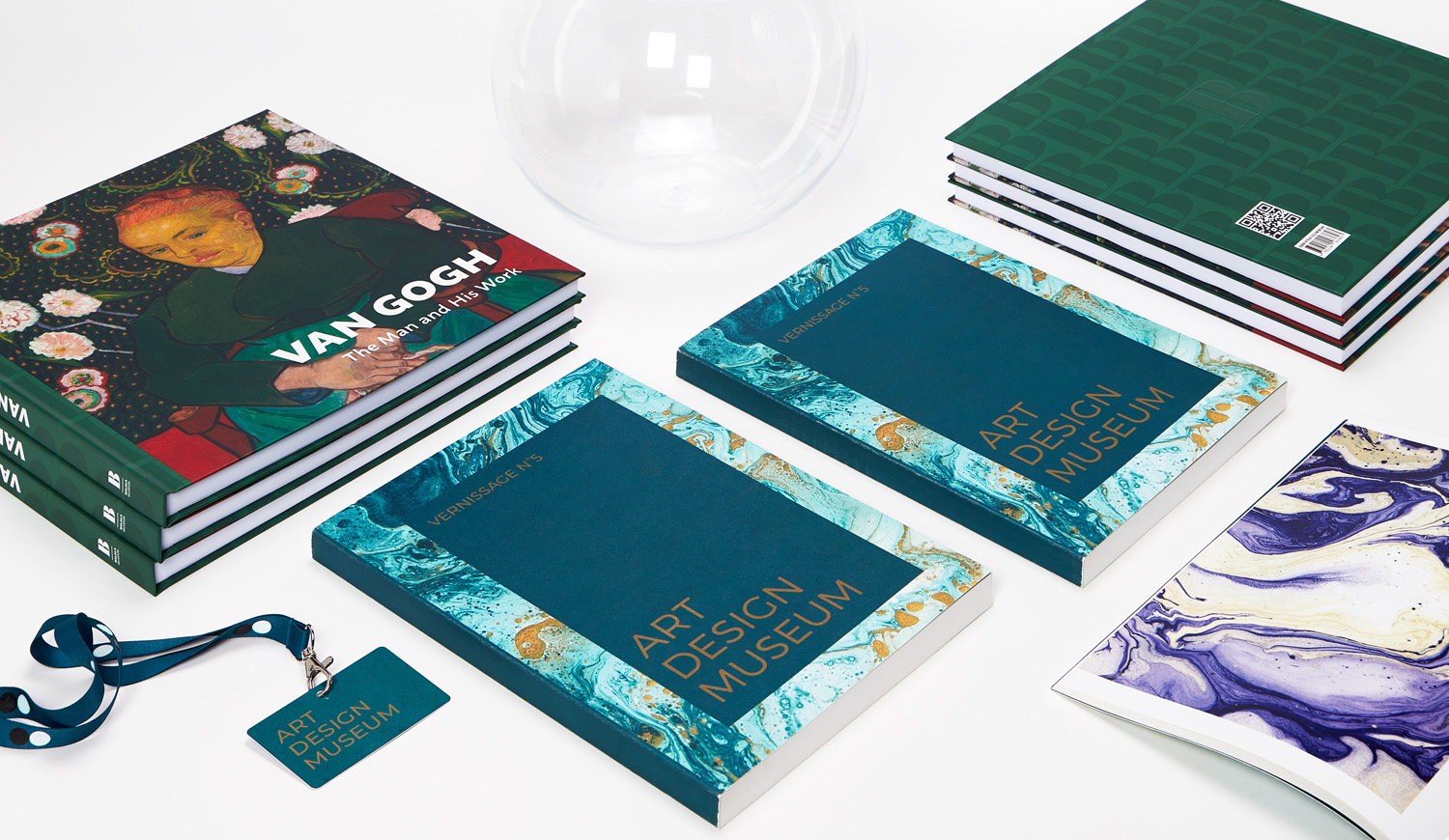The Secrets Behind Successful art book Projects
The Secrets Behind Successful art book Projects
Blog Article
Comprehending the Refine Behind High-grade Art Book Printing for Art Lovers
When it comes to high-grade art book printing, understanding the complexities of the procedure can raise your recognition for the final product. As you explore the different parts of art book printing, you'll reveal understandings that can transform your viewpoint on art preservation and presentation.
The Significance of Paper Selection in Art Book Printing
When it involves art book printing, the option of paper can make or break the final item. You want your art work to shine, and the appropriate paper improves color vibrancy and detail. Consider variables like weight, texture, and surface; these components substantially influence just how visitors regard your work.
For circumstances, a larger supply shares high quality and sturdiness, while a textured finish can include deepness to photos. Smooth paper is superb for thorough reproductions, allowing great lines and refined shades to appear crisp.
Do not forget the paper's brightness; a brighter sheet can aid colors pop, making your art more distinctive. You'll also intend to believe regarding how the paper communicates with inks and whether it can deal with the printing procedure without contorting or bleed-through. Inevitably, picking the appropriate paper sets the stage for your art, ensuring it catches the target market's interest equally as you imagined.
Choosing the Right Inks for Lively Reproductions
Picking the best inks is just as crucial as picking high quality paper to attain vivid recreations in your art book. When you're printing art work, you want colors that pop and precisely stand for the initial item. Select inks with a high pigment concentration; these often tend to produce richer and much more saturated colors.
You might take into consideration using historical inks, which resist fading over time, ensuring your art book stays as striking as the day it was published. If you're working with photos or digitally created art, pigment-based inks can give a bigger color gamut, boosting detail and depth.
Do not ignore the coating! Matte and glossy inks can considerably modify the look of your artwork, so consider the look you're aiming to attain - art book. Ultimately, the appropriate ink option enhances your paper choice, developing a magnificent aesthetic experience for your viewers
The Duty of Shade Monitoring in Publish Quality
Color administration plays a vital duty in accomplishing high print top quality for your art book. It assures that the colors you see on your screen translate accurately to the printed page. Without reliable color administration, your vivid artworks might appear dull or altered, weakening your innovative vision.
Next off, make use of shade profiles tailored for your printer and paper type. These accounts guide the printer in replicating colors accurately, decreasing disparities between electronic and published versions.
When you prepare your files, take into consideration utilizing a shade area like Adobe RGB or CMYK, relying on your printer's specifications. Always evidence your work, also; an examination print can disclose any potential color problems before the final run. By prioritizing color monitoring, you guard the integrity of your art, ensuring your target market experiences it as you meant.

Recognizing Various Binding Methods
Achieving the ideal search for your art book surpasses color administration; binding techniques likewise play a substantial function in its overall presentation and longevity. You have a number of alternatives to assess, each with its very own special features.
If you're going for an expert feel, instance binding offers a strong choice with a difficult cover, ideal for showcasing your art work. On the various other hand, perfect binding gives a flexible spinal column while maintaining expenses down, making it a preferred option for softcover books.
Spiral binding permits your art book to lay level, which is wonderful for displaying pictures without obstruction. Saddle stitching is suitable for smaller sized booklets, offering redirected here a clean surface without the bulk.
Inevitably, the binding strategy you pick ought to mirror your imaginative vision and just how you desire readers to involve with your work. See to it to weigh these choices thoroughly to accomplish the best result for your task.
The Impact of Publish Size and Layout on Presentation
While the option of print dimension and design may appear additional to material, they greatly affect exactly how your art work is perceived. The measurements of your prints can either enhance or decrease the impact of your pieces. Bigger prints can attract visitors in, allowing them to appreciate complex information, while smaller sized layouts could call for discover here more intimate interaction.

Conservation Strategies for Long-lasting Art Books
To guarantee your art books stand the test of time, it's vital to apply efficient preservation methods. Use acid-free storage boxes or protective sleeves to shield them from dust and physical damages.
When managing your books, always clean your hands or wear cotton gloves to avoid oils and dust transferring onto the web pages. Avoid bending or wrinkling the spinal columns; rather, use book sustains when presenting them.
For included protection, take into consideration buying archival-quality materials for any repairs or improvements. Routinely examine your collection for signs of wear or damage, dealing with problems quickly. By complying with these easy strategies, you can guarantee your art publications stay lively and accessible for years to come, maintaining their beauty and worth for future generations.
Teaming up With Printers for Ideal Outcomes
When you're prepared to publish your art book, selecting the right printer is essential to achieving your vision. Clear communication regarding your expectations and demands will assist ensure that both you and the printer are on the same web page. Let's discover just how to make this collaboration as smooth and efficient as feasible.
Choosing the Right Printer

Efficient Communication Strategies
Reliable communication is necessary for turning your art book vision into truth, particularly when collaborating with printers. art book. Beginning by clearly outlining your job's goals, consisting of design aspects, preferred materials, and any particular printing strategies. Don't think twice to share your ideas and references; this aids the printer understand your visual
Be open to responses, as printers commonly have useful understandings that can improve your project. This cooperation will certainly ensure that your art book meets your expectations and radiates in its final kind.
Frequently Asked Concerns
What Are Usual Errors to Avoid in Art Book Printing?
When publishing your art book, avoid typical errors like poor resolution images, wrong shade profiles, and ignoring page design. Don't neglect to proofread and ascertain information to confirm your end product satisfies your expectations.
How Does Digital Printing Differ From Conventional Printing Methods?
Digital printing makes use of electronic data to develop prints straight, enabling for quicker turnaround and customization. On the other hand, conventional methods involve physical plates, which can be taxing and much less adaptable for little runs or special layouts.
What Is the Normal Turnaround Time for Art Book Printing?
The regular turn-around time for art book printing differs, yet you can anticipate it to take anywhere from a few weeks to several months. Variables like complexity, quantity, and printing approach all influence this timeline.
Can I Print a Minimal Version Art Book Economically?
You can publish a minimal edition art book economically by picking cost-effective products, enhancing print runs, and making use of electronic printing choices. Mindful preparation and budgeting will help you achieve quality without overspending.
What Are the Ecological Factors To Consider in Art Book Printing?
When thinking about art book printing, you must assume about environment-friendly materials, sustainable inks, and energy-efficient processes (art book). Picking regional printers can also reduce your carbon footprint, making your task both stunning and environmentally accountable
Report this page